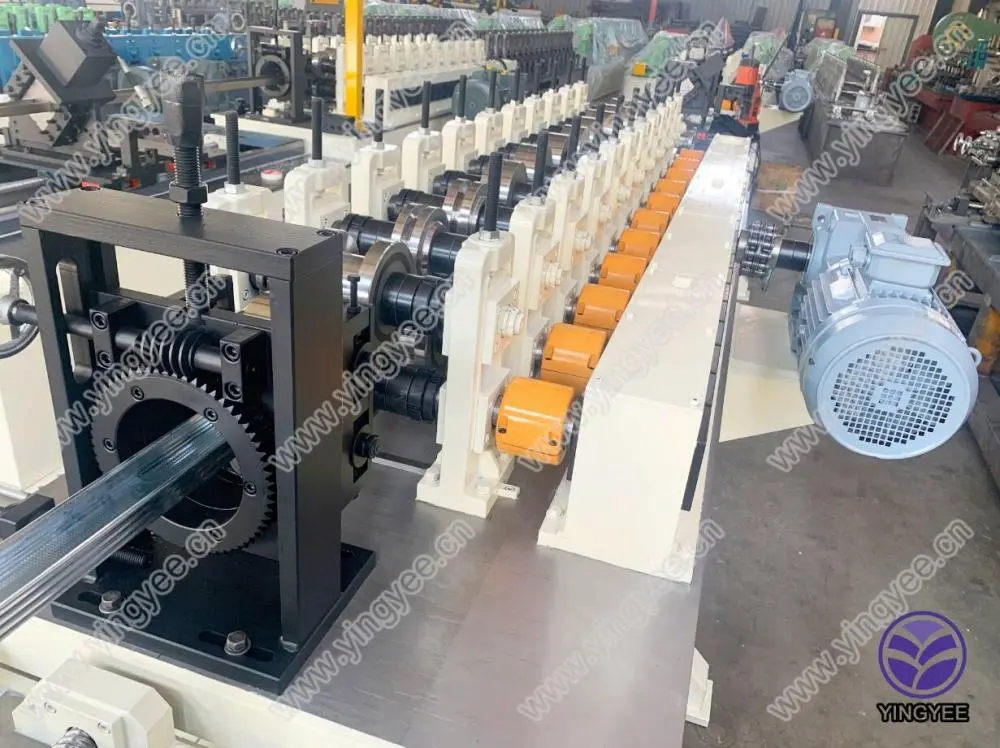
The EPS Sandwich Panel Production Line A Marvel of Modern Construction Technology
In the realm of modern construction, efficiency and sustainability have become paramount. One innovative solution that has gained significant traction is the EPS (Expanded Polystyrene) sandwich panel. This advanced construction material is renowned for its excellent thermal insulation properties and lightweight structure, making it a popular choice in building construction. Central to the production of these panels is the EPS sandwich panel production line, a sophisticated assembly of machinery and technology designed to streamline manufacturing processes.
The production line begins with the preparation of raw materials. EPS beads, which are the cornerstone of the panels, are first expanded using steam in specially designed machines. This process increases their volume dramatically, creating the lightweight material essential for sandwich panels. The initial step is crucial as it sets the foundation for the durability and insulation properties of the final product.
Once the EPS is prepared, it is then combined with layers of other materials, typically galvanized steel or aluminum sheets. This combination yields a panel that not only provides excellent insulation but also boasts impressive structural integrity. The panels are produced in various thicknesses and dimensions, catering to a wide range of construction needs. The versatility of the EPS sandwich panel makes it suitable for walls, roofs, and flooring systems across residential, commercial, and industrial projects.

The next stage of the production line involves the actual fabrication of the panels. Advanced machinery applies adhesives between the EPS core and the outer layers, ensuring a strong bond. This process can be automated, which significantly improves efficiency and reduces labor costs. Additionally, modern production lines incorporate cutting-edge technologies such as CNC (Computer Numerical Control) machines, which allow for precise cutting and shaping, thus minimizing material waste.
Quality control is another critical aspect of the EPS sandwich panel production line. Rigorous testing procedures ensure that the panels meet industry standards for safety, durability, and thermal insulation. These tests verify the structural integrity under various conditions, providing peace of mind to architects and builders regarding the longevity and reliability of their constructions.
Once the panels are completed, they can be easily transported to the construction site. Their lightweight nature not only makes logistics simpler but also expedites the building process. Construction teams can install EPS sandwich panels quickly, significantly reducing overall project timelines compared to traditional building materials.
In conclusion, the EPS sandwich panel production line represents a significant leap forward in construction technology. By combining efficiency, precision, and versatility, it produces high-quality panels that meet the ever-increasing demands of modern architecture. As the construction industry continues to embrace sustainability and innovation, EPS sandwich panels stand out as a practical solution that not only enhances energy efficiency but also supports rapid development and superior building standards. With the ongoing advancements in production technologies, the future of EPS sandwich panels looks promising, paving the way for smarter and greener construction practices.